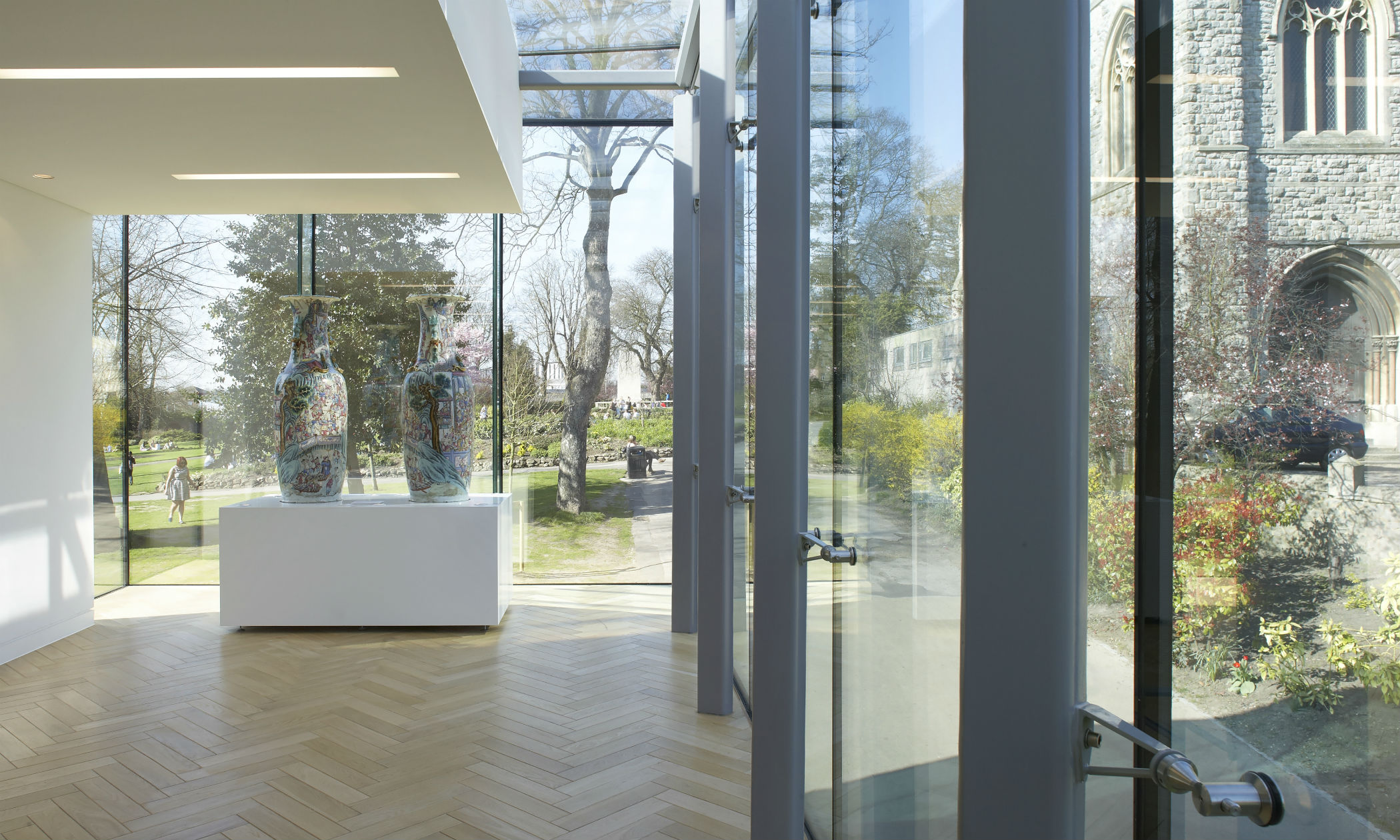Holocaust Memorial Day 2019

To commemorate Holocaust Memorial Day on 27 January 2019, our Collections Officer Pernille Richards, reflects on the links between one of the museum’s collectors and the atrocities of the holocaust.
“Here, you need to read this. It is important.” My grandfather pushed a dog-eared paperback into my hands. I was thirteen and the book was Anne Frank’s diary. The book was a copy from 1964, much mended with cellotape and slightly stained by nicotine. It was one of the few books he owned and the passion with which he wanted to share the story was obvious.
I started to read.
Anne Frank was born in 1929. She was a Jewish German girl who moved to Amsterdam with her parents in 1933 to escape the persecution faced by Jewish people under the Nazi regime. In her diary Anne writes about her everyday life from when she received her diary at her birthday in 1942 until her last entry on 1 August 1944. In 1944 Anne and her family, who had been hiding in the annex of a house in Amsterdam, were found and arrested. Eventually Anne and her sister Margot were sent to the Bergen-Belsen concentration camp where Anne and her sister died of typhus in 1945 shortly before the liberation of the camp. Following Anne’s personal story made real and vivid the reality of the creeping restrictions, which became outright persecution and then the ‘Final Solution’ aimed at exterminating the Jews in Europe and resulted in the murder of six million Jewish people in ghettos, mass shootings, concentration camps and extermination camps.
More information on Anne Frank and the Anne Frank Trust can be found here: https://www.hmd.org.uk/resource/anne-frank/
The genocide is known as the Holocaust and, in addition to the Jews, many other groups of people who did not conform to Nazi ideology were persecuted and killed. It is estimated that the total number of victims may have been as many as 15 million civilians.
The Holocaust is well known and so monstrously brutal that it almost defies understanding. What is often forgotten is that when the Nazis came to power in 1933 they built on common anti-Semitic prejudices and initially the measures were hostile speeches and writings, eventually leading to anti-Jewish laws, especially the Nuremberg Laws of 1935. Violent action against Jews was not orchestrated on a major scale until the night of the 9 – 10 November 1938 when Kristallnacht, the night of broken glass, took place. Nazi stormtroopers attacked Jewish synagogues, homes and businesses while the German police stood by. The road to genocide was therefore gradual and hostility, and eventually violence, became normalised over the years.
Gregory H Stanton, President of Genocide Watch has developed a model of ten stages which explains how the circumstances which lead to genocide happen. It starts with classification, where people develop an ‘Us’ and ‘Them’ mentality. Stereotypes are used to exclude people who are seen as different and if circumstances are right this can escalate into persecution and extermination. https://www.hmd.org.uk/learn-about-the-holocaust-and-genocides/what-is-genocide/the-ten-stages-of-genocide/
In the years leading up to the Holocaust, many Jews faced persecution and fled Germany. Here at Maidstone Museums we have a physical link to these dark times through the objects selected, purchased and donated by the prolific art collector and philanthropist Anne Hull Grundy (born with the surname Ullman, 1926 -1984) in her later life. Anne Ullman was born in Nuremberg, Germany in 1926, so she was a little older than Anne Frank, and her family were more fortunate in their new home. Anne Ullman’s family were Jewish bankers and they were forced to emigrate due to the rise of the Nazis in the same way as Anne Frank’s family moved to Amsterdam. Anne Ullman’s family settled in Northampton where her father set up a successful business best known for the Corgi toy cars. Her family were fortunate and thrived in Britain. Their wealth meant that Anne could start collecting beautiful objects from an early age. She married John Hull Grundy in 1949, but was debilitated by a chronic respiratory illness which meant that she was bedridden for much of the time, but she enjoyed collecting, especially European jewellery and Japanese ivory. She also wrote about decorative arts. Many of her purchases were donated to museums all over Britain, including the British Museum and the Fitzwilliam Museum. It is thought that up to 70 museums in Britain hold objects donated by her. Here at Maidstone we have at least 113 items donated by Anne Hull Grundy, including jewellery, toys and these beautiful pieces of 20th Century French glassware designed by Renė Lalique, which are on display in the Orientation case as you enter the museum.
In 1978 she purchased and donated this portrait bust of Winston Churchill (1874-1965), British Prime Minister and Wartime Minister of Defence, by the distinguished artist William Reid Dick (1879 -1961). It was one of the most popular new acquisitions in 1978. Currently the bust is in store, but it is viewable on one of our “What’s in Store” tours (please see our Events page for details).
It is thought-provoking that Anne Hull Grundy’s great contribution to public collections might never have taken place had her family not escaped the Nazis.
Holocaust Memorial Day is a chance to reflect on the trauma faced by people being forced from their homes, experiencing persecution and genocide.
The Holocaust Memorial Day Trust encourages us to remember not only the Holocaust and millions of people killed under Nazi Persecution, but also the more recent genocides in Cambodia, Rwanda, Bosnia and Darfur. https://www.hmd.org.uk/
If we remember what led to these atrocities and challenge prejudice and the language of hate in the early stages, we may hope for a better future.
